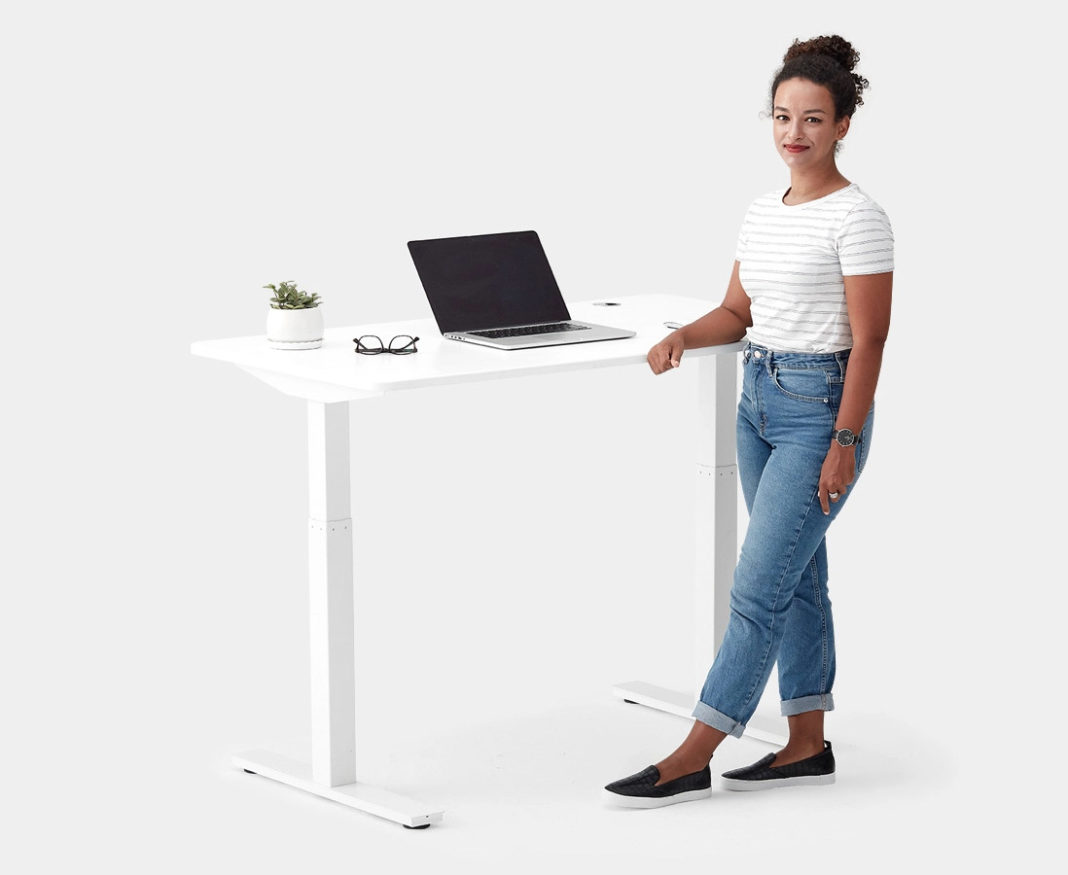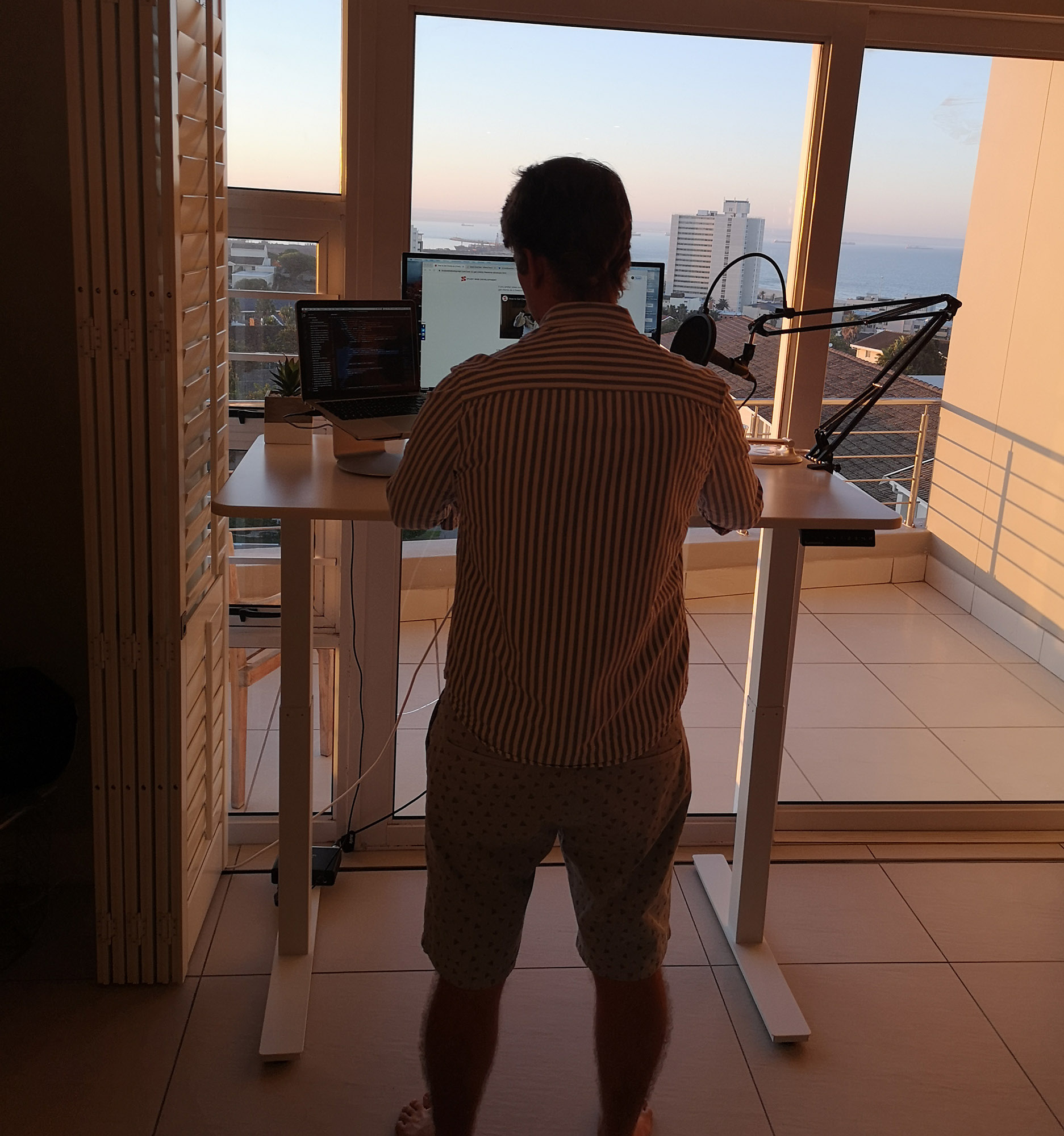We live in a busy world where lots of people hardly pay attention to their health. Day by day, we see more people sitting to work on their computers but the question is if they have the correct posture as they sit for long hours.
If you have a curved spine as you sit behind your desk or you walk without a good balance, it could have detrimental effects on your health. This includes Back, Neck, and Shoulder Pain, Incontinence, Heartburn, Poor Circulation, Impaired Lung Function, Poor Digestion, Constricted Nerves, Curvature of the Spine, Headache, and Jaw Pain.
Adopting the correct sitting and standing position will help prevent these health risks while helping you maintain a good posture.
According to Harvard Health, maintaining a good posture means keeping your chin parallel to the floor with your shoulders rolled up, back, and down to keep them even. Maintain a neutral spine without flexing or arching it and keep your arms at your sides with elbows straight and even.
Your abdominal muscles should be braced, your hips and knees even, with your knees pointing straight ahead and your body weight distributed evenly on both feet. Harvard Health further shares what to do while you sit: Ensure you keep your chin parallel to the floor; your shoulders, hips, and knees at even heights; and your knees and feet pointing straight ahead.
How Do Standing Desks Help the Posture?
Ergonomics have become popular today, as more people are constantly seeking ways to design and arrange workplaces in such a way that it improves workflow and not undermine the health of the workers. One of the latest products introduced to establish this is the home office standing desk to ensure workers don’t have to sit all day long, which could be detrimental to their health.
The human body is better suited to stand than to sit, as you would engage more muscles while seated. With more hours spent sitting, you are less likely to maintain a good standing posture, which is why it is encouraged to use the standing desk more often to correct your posture.
How to Use a Standing Desk Properly
Like any other intervention, using a standing desk has its downsides. To reduce the risk of these adverse effects, you must use the desk appropriately. “Even if you do have a healthy and balanced standing posture, a standing desk is still going to lead to pain if you work for hours on end without changing position. I’ve treated security guards and bouncers who, despite rarely sitting at work, still develop back pain and other conditions typical to desk work,” says David Wynne with BSc in Physio and MSc in Sports and Exercise Medicine in the West London Physiotherapy blog.
Here are a few tips to help you use the standing desk properly:
1. Alternate Between Sitting and Standing
Getting a new standing desk might get you excited at first and as a result, you are more likely to stand all day, hoping it is a better substitute to sitting for long hours. However, a study from PubMed Central shows how prolonged standing at work can increase the risk of hospitalization.
To avoid the side effects of standing for long hours, it is best to ease into using the desk slowly. Don’t try to make a quick switch from years of sitting for long hours at work to standing all day long. Try to create standing/sitting intervals that will become longer over time. Start by standing for a few minutes and then, sitting for a few more minutes. With time, you can increase it to an hour interval; you can spend 1-hour standing for every 1–2 hours sitting.
2. Adjust Your Desk and Screen
The primary reason for using a standing desk might be futile if your desk and screen are not properly adjusted. The body readily slips into a slouched position whether sitting or standing, which is bad for your posture. To avoid this, adjust the desk to at about elbow height so that your head, neck, and spine are aligned.
For your screen position, keep it 20–28 inches (51–71 cm) from your face or just try to make sure the distance is no less than from the tip of your middle finger to your elbow. Keep the top of the screen at eye level and tilt it upwards a little bit such that you are able to do your work conveniently without tilting your neck.
3. Move While Using the Desk
You don’t have to stay fixed to a point as you work while standing, as being static is never good for the body whether you are sleeping, sitting, or standing. Try to move from time to time as you work; you can take a walk around the office and get back to the desk or take a coffee break to ease your muscles.
If you don’t want to get distracted from your work by walking, you can do simple workouts right at your desk, such as calf raises, squats, lunges, jumping jacks, shoulder shrugs, and pushups. The point is to ensure you are in motion and not completely static for long hours.
4. Support Your Feet
Your feet will hurt from long hours of standing but you can reduce the chances of that happening by putting something soft beneath your feet. You can get an anti-fatigue mat or a flow board to support your feet. You can also wear comfortable, supportive, or orthopedic shoes, so you don’t get your legs sore.
Bottom Line
Standing desks for work are here to stay but it is also important that you use them properly to ensure you get the most. In addition to using standing desks to improve your posture, there are other ways to help you keep a healthy posture.
This includes regular exercise, not sticking to the same position, lifting heavy objects by bending the legs and not the back, adjusting the seat when driving to support the back, building up key muscle groups when away from the computer, among many others.






